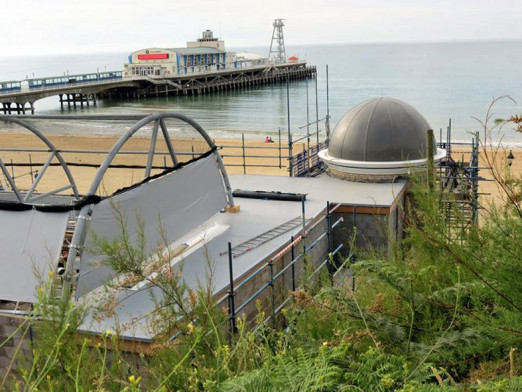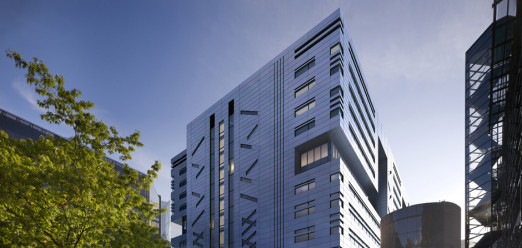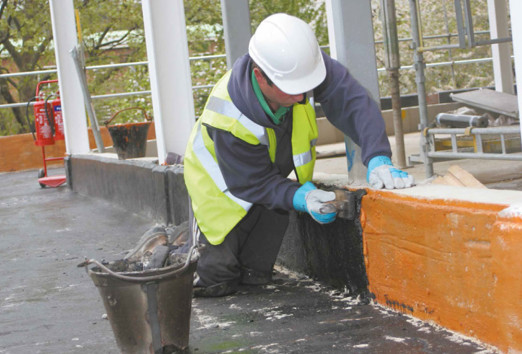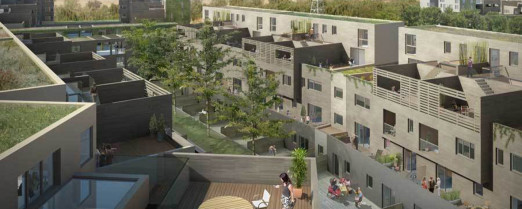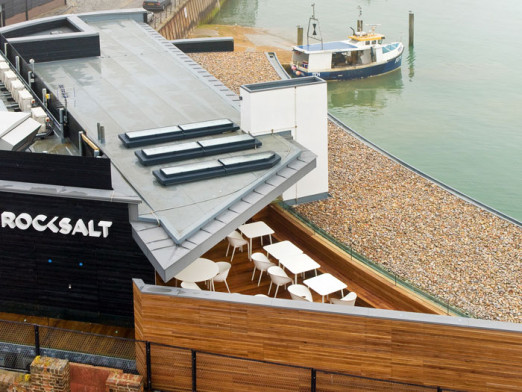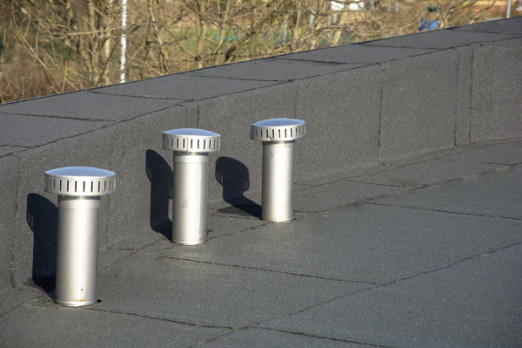We have already covered the majority of the design section on our checklist, now we consider the final two design factors: flat roof interfaces and cost. These factors round up the design stage of the checklist and we can then move on to issues which arise out of the installation of your flat roof.
Q9: Flat Roof Interfaces with other elements
As we’re working through the checklist we are beginning to identify a group of preferred waterproofing solutions, but one of the fundamental issues to consider is interfaces. Flat roofing will interface many different materials including:
- External cladding
- Door thresholds
- Parapets
- Penetrations
How these are treated will relate to available upstand heights, insulation type and whether warm, cold or inverted roof. You will need to ensure that you will end up with the right details to get the guarantee that your client wants, so list all the interfaces involved.
Programming of interfacing
As well as understanding how the detail is to be constructed, it is important to consider the sequencing of works, i.e. which elements are installed first.
Thresholds are a classic example. We often come across situations where the doors have already been installed but the waterproofing has not yet started. The contractor is then left with the requirement to dress waterproofing under an already installed door threshold. This makes life very difficult with very limited access. To waterproof around thresholds well is particularly important – it is one of the pinch points in a scheme, so you need the best possible access to provide the intricate detailing.
Penetrations
Be sure you have information about all the planned penetrations of the roof. Soil pipes, rooflights, PV related services, plant, all need identifying to ensure proper detailing and preparation. You want to avoid follow-on trades penetrating the waterproofing, which may invalidate guarantees and potentially cause future leaks. This is one reason why, for example, we recommend an engineered solution when installing solar PV.
Compatibility of interfaces
Another reason to identify all the interfaces is to ensure that the materials that are connected are compatible with the waterproofing material to be specified. For example:
- From a pitched roof discharging down onto a flat roof, bituminious sarking felt can be a problem for PVC membranes;
- Door thresholds with EPDM rubber sealing gaskets may be incompatible with single ply or some liquids;
- Parapet flashings and capping details using EPDM membranes or closers may be an issue;
- Water runoff from some materials, such as cedar cladding onto a zinc roof or copper cladding onto a single ply roof
Make sure you check if the sealing around products such as rooflights have been tested in use with the waterproofing you will specify. If the bond fails you want to be clear whose responsibility it is, rather than be left holding the baby or a complicated dispute between different manufacturers.
Q10: Cost
Which systems will allow us to achieve all the above most cost efficiently?
There is a reason why we’ve put cost last in this section –all the above issues will ultimately dictate the build cost of your waterproofing solution. If we design everything and try and address the issues discussed previously, we’ll have a relatively fixed cost for what the system will cover, and there are unlikely to be any unforeseen design issues that weren’t known about during the design stage.
How does this relate to your budget? You need to understand whether the waterproofing solution is within the budget provided by the client. If yes, great, but if not, you now have ammunition to go back to your client to either increase your budget or to your provider to value engineer the solution, whilst keeping the parameters you have already identified.
Although not seen as a ‘sexy’ product to architects, flat roofing forms part of the envelope and its proper functioning is of critical importance to the success of any project. So whilst it might not be interesting or aesthetically pleasing, it’s a part of the project that can cause huge problems if it doesn’t work. For this reason, investment of time in the right, early decisions and money in the correct solution will save money in the long term, particularly when you consider the impact cost of a flat roof not performing.
Next Time: Buildability
We have seen that the front end design has an impact on the waterproofing solution; but we are yet to put the project out to tender, nor have we considered things which might affect the delivery of the project, such as programming, sequencing and protection. Although we have thought about cost, these other factors will also affect the ultimate cost of the installation. These buildability issues will be covered in our next blog post.
How to get your Flat Roof Specifier Checklist
Would you like a copy of the checklist to use yourself? You can download a copy here, or get in touch if you’d like some encapsulated ones with drywipe pens.

